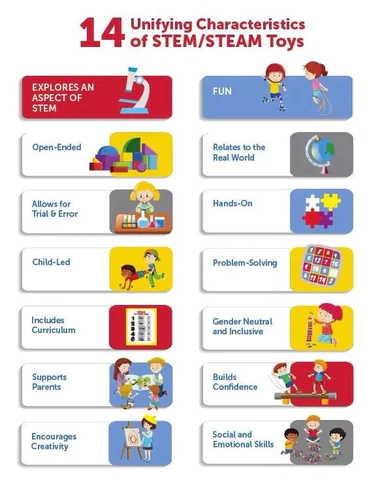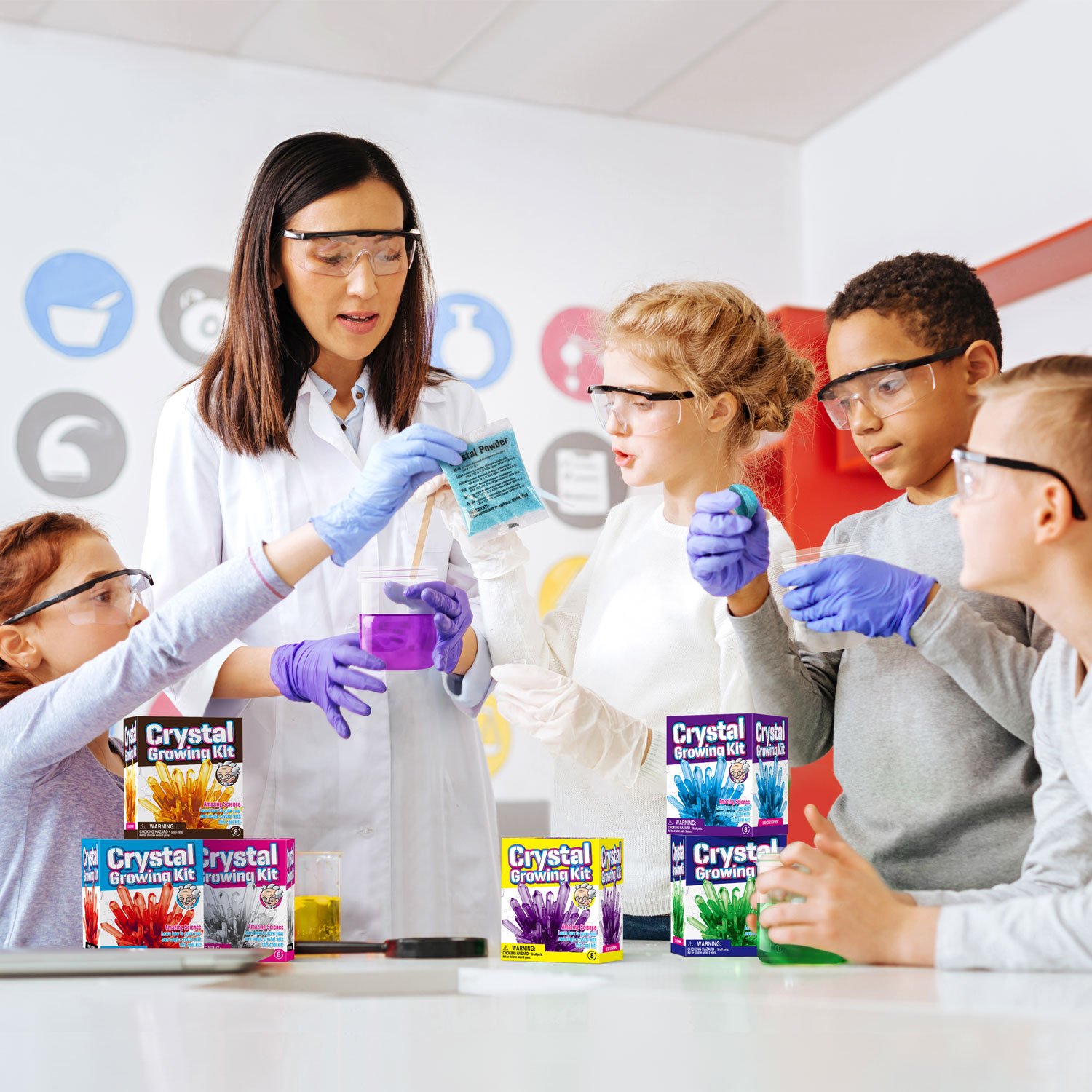1. Join specially designed games and adventure learning activities
“Learning by doing”, which has been neglected in the school system, plays a key role in STEM education. In the next 10 years, all stages of school learning will consciously introduce specially designed games and adventure activities, such as introducing the latest scientific concepts and technologies, and integrating scientific competition activities into classroom activities.
This type of activity has a low threshold and is easy to master, and is suitable for all types of learners, including students with disabilities and bilingual learners. By 2026, learners’ desire to design and create will stimulate their curiosity about STEM learning in classroom activities on a variety of STEM topics; in the process of learning and thinking with others, learners will gain a sense of belonging and learn Work as a team to solve real-world problems and challenges.
2. Networked and highly engaged community of practice
The Communities of Practice of STEM education will be a system of mutual cooperation and networked relationship, and STEM education will penetrate into all aspects of learners’ daily life. Teachers, leaders, excellent practitioners and other forces will be integrated with resources from libraries, museums, schools, enterprises, community organizations, and instructors to jointly create a community of practice with local characteristics. The future community of practice has at least two goals: networking and high participation. Networking emphasizes the systemic nature of communities of practice. The strategy is to form professional networks that integrate educators and innovators into communities of practice to provide resources and enhance the learning experience for all.

3. Flexible and inclusive learning spaces powered by innovative technologies
Provide educators and learners with more flexible spaces for organizing, equipping, and accessing information, including traditional classrooms, the natural world, makerspaces, and through virtual reality or technology-based platforms to enhance learners’ STEM experience.
Future STEM education will leverage flipped classrooms and technology-enabled tools to create more flexible and inclusive learning spaces, with mechanisms in place to ensure equitable access and use of these methods and tools.
The STEM2026 report mentions six types of technologies that may disrupt STEM classrooms in the future:
①Online collaboration tools
② Online mixed educational environment
③ Immersive media
④ Simulation game
⑤Intelligent tutor system
⑥ Augmented and virtual reality
4. The educational experience of solving “grand challenges” with an interdisciplinary approach
“Grand Challenges” refer to unsolved problems at the local community, national level or globally, such as saving or improving water quality; how to better understand the human brain; discovering ways to prevent or treat brain disease or injury new methods etc.
An educational experience that addresses “grand challenges” with an interdisciplinary approach emphasizes at least three characteristics:
One is integration, that is, breaking the boundaries between STEM disciplines and non-STEM disciplines;
The second is to combine with real life and add “big challenge” tasks in the learning process to help students better understand the connection between STEM and life, see the value of STEM in real life, and benefit themselves and others ;
The third is equity, that is, integrating diverse student groups (heterogeneity) in the STEM learning process, with special attention to female learners, ethnic minorities, low-income or disabled students, etc.
The United States will support students’ educational experiences that address “grand challenges” across disciplines through effective mechanisms to ensure equitable access to high-quality learning experiences for all students, and to introduce cross-cultural, cross-professional collaboration methods and content into STEM teaching.
5. Promoting a Diverse and Opportunity Socio-cultural Environment
In the future, the social and cultural environment of STEM will be diversified and multi-opportunity. The strategies adopted are: on the one hand, to promote social multicultural integration, enhance inclusiveness, and gradually reduce implicit prejudice, especially in terms of gender, race, ethnicity, etc.; on the other hand, in order to effectively eliminate people’s historical prejudice against STEM In order to reduce the development resistance caused by prejudice, the United States will publicize the correct understanding of STEM education in media, film and television image creation, software and game development, etc. question.
6. Innovative and operational learning assessment
In the next 20 years, learning assessment will focus on the learners’ continuous learning ability, personal quality, academic inquiry ability and life-long skills learning. The report pointed out that the future learning evaluation will be actionable. The use of formative assessments that do not take up too much classroom time can bring real learning data of learners to educators, such as arranging learning observers, grading according to student work sets, and student presentations, etc. formative assessment. In addition, learning assessment requires innovation. With the introduction of technology, things like electronic badges, educational games, real-time assessment, etc. are all innovative practices of learning assessment. Among them, real-time assessment can help educators adjust teaching based on learning assessment results by identifying meaningful behavioral patterns.






